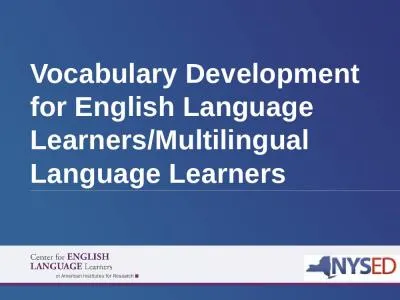PPT-Instructing English Language Learners in Mainstream Classes
Author : celsa-spraggs | Published Date : 2016-05-14
DONT TALKonly write your responses What does ELL mean How does our school respond to ELL students What do we do to accommodate them Answer these questions More
Presentation Embed Code
Download Presentation
Download Presentation The PPT/PDF document "Instructing English Language Learners in..." is the property of its rightful owner. Permission is granted to download and print the materials on this website for personal, non-commercial use only, and to display it on your personal computer provided you do not modify the materials and that you retain all copyright notices contained in the materials. By downloading content from our website, you accept the terms of this agreement.
Instructing English Language Learners in Mainstream Classes: Transcript
Download Rules Of Document
"Instructing English Language Learners in Mainstream Classes"The content belongs to its owner. You may download and print it for personal use, without modification, and keep all copyright notices. By downloading, you agree to these terms.
Related Documents

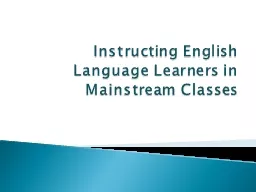
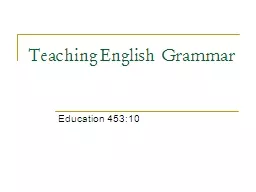

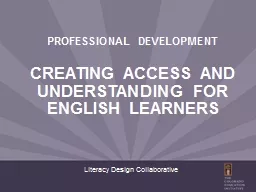

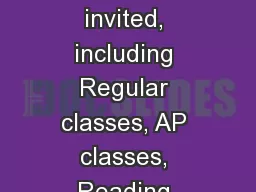
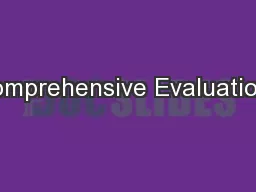
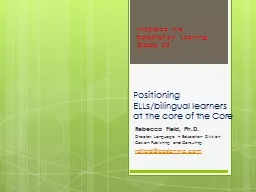
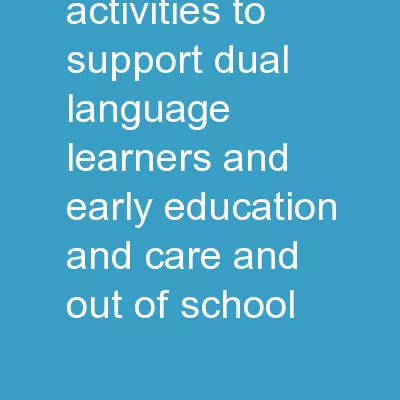
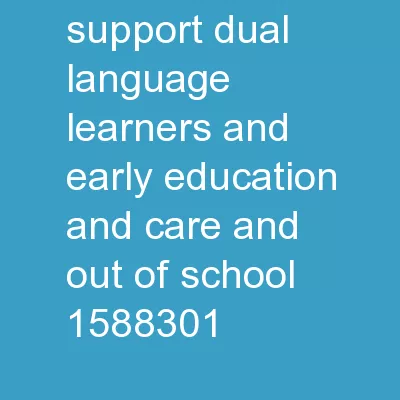
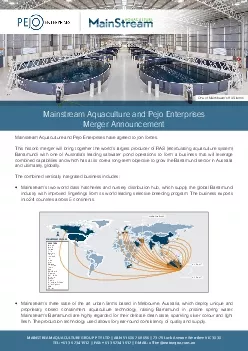
![[EPUB] - Scaffolding Language, Scaffolding Learning, Second Edition: Teaching English](https://thumbs.docslides.com/901765/epub-scaffolding-language-scaffolding-learning-second-edition-teaching-english-language-learners-in-the-mainstream-classroom.jpg)

